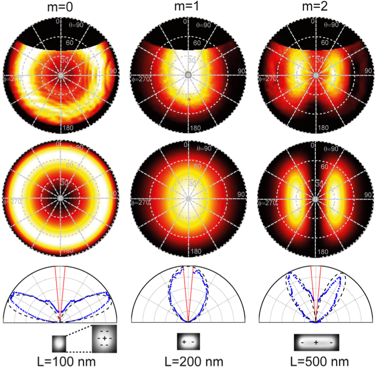
cathodoluminescence
Best practice for studying plasmonic structures with microscopy
Plasmons have gained a lot of interest for their ability to strongly confine light to very small volumes, which makes the field of plasmonics so attractive.
All topics

Plasmons have gained a lot of interest for their ability to strongly confine light to very small volumes, which makes the field of plasmonics so attractive.
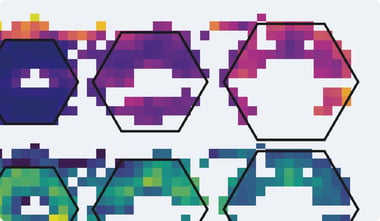
Time-resolved cathodoluminescence (TRCL) is a very powerful and relatively new method for studying emission lifetime dynamics in materials. Discover here how ...
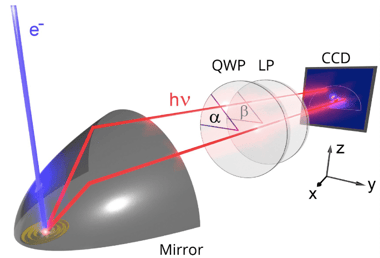
In our previous blog posts, we have already explained the concepts of cathodoluminescence, a powerful technique for materials and nanophotonics structures ...
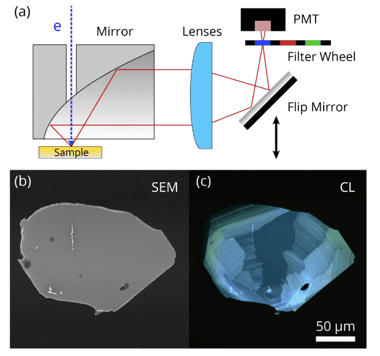
One of the fastest and most straightforward techniques for understanding the composition and structure of geological samples is intensity mapping.
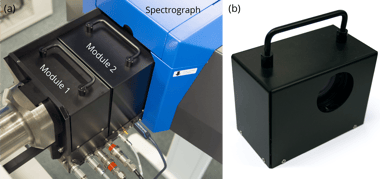
When adding the new equipment to the lab, it is important to consider a lot of various factors.
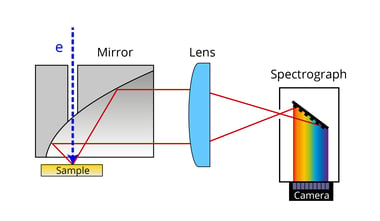
For the past few weeks we have been focusing on possibilities of cathodoluminescence imaging of the SPARC CL detector. In this post we describe hyperspectral ...
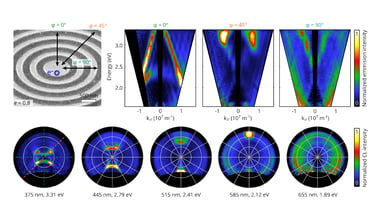
In the last blog post we explained angle-resolved cathodoluminescence imaging, a technique which is used to acquire angular profiles and gain a better ...
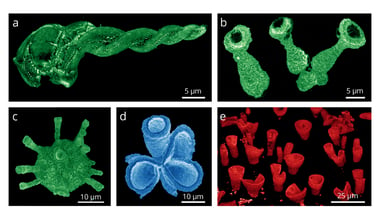
If you are working in the field of photovoltaics or optoelectronics, you know that perovskites, a group of materials that have ABX3 composition and a ...
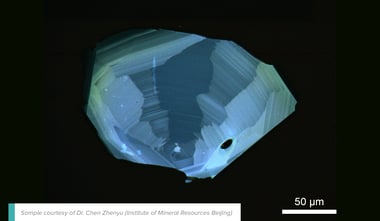
Studying the formation of sedimentary rocks, observing changes in the chemical composition of zircons, and understanding underlying causes for luminescence of ...
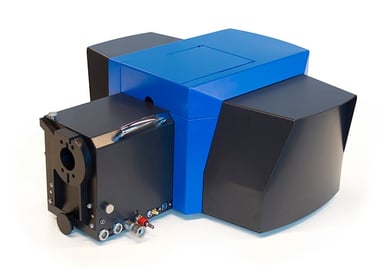
Characterization at the nanoscale is becoming increasingly important as new discoveries are made and structures are developed at smaller scales. Optical ...